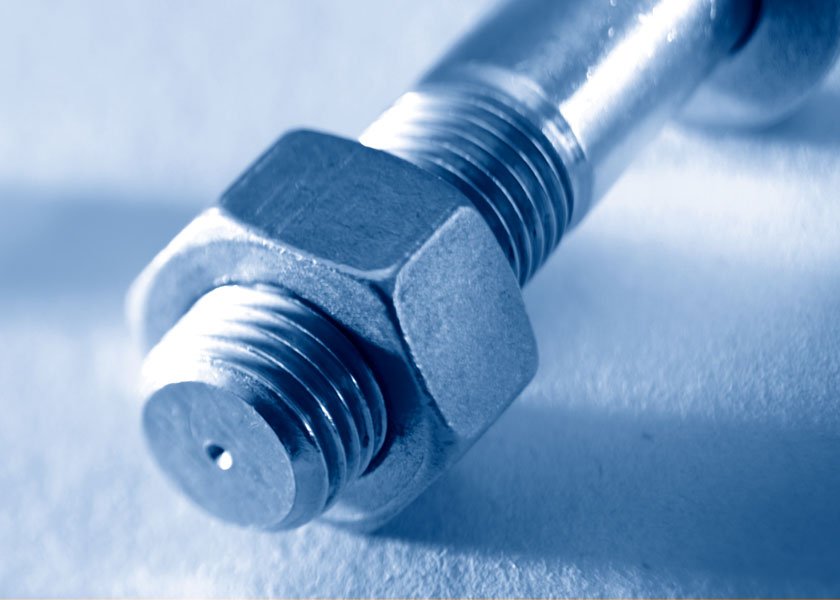Inserts for wood
What is standardization? Standards are technical rules. Everybody can use those technical rules. In Germany, DIN (Deutsches Institut für Normung

What is standardization?
Standards are technical rules. Everybody can use those technical rules. In Germany, DIN (Deutsches Institut für Normung e.V., German Institute for Standardization) publishes and updates the valid standards. The institute is based in Berlin and administers about 29,500 DIN standards, more than 386 of whom apply to mechanical fasteners.
DIN has about 1,745 members pertaining to the different sectors of industry, craft, trade, science and services. More than 26,278 experts of the interested parties work for DIN.
The standards are developed by working groups. Draft standards are made available to all interested parties and after a period for objection published as valid standards.
To simplify the international movement of goods and to remove trade barriers, national standards are replaced with international standards.
This results in international standard definitions and descriptions, the quality standard is standardised on a high level and movement of products can be realised worldwide.
ISO, the “International Organization for Standardization” based in Geneva is responsible for standardization on an international level. More than 157 countries are members of that organisation. The results of the work are published under the name of “ISO”.
Many ISO standards are adopted as European standards and thus acquire the status of a DIN standard (DIN EN ISO). Some ISO standards are directly adopted as DIN standards (DIN ISO).
Due to the obligation to adopt, the 29 members of the European Committee for Standardisation (CEN) adopt European standards into the corresponding national bodies of standards. Conflicting national standards are withdrawn.